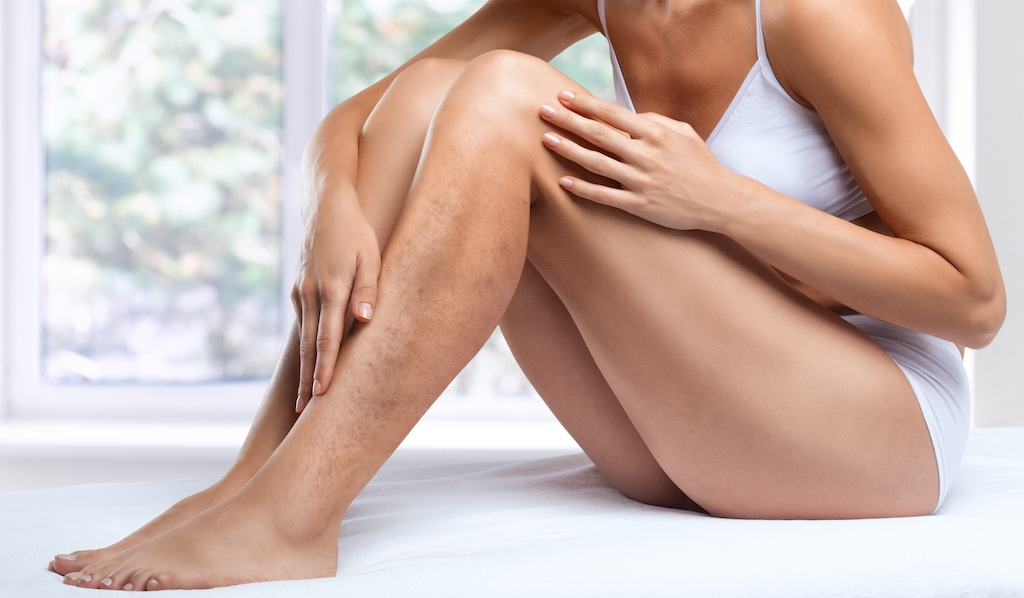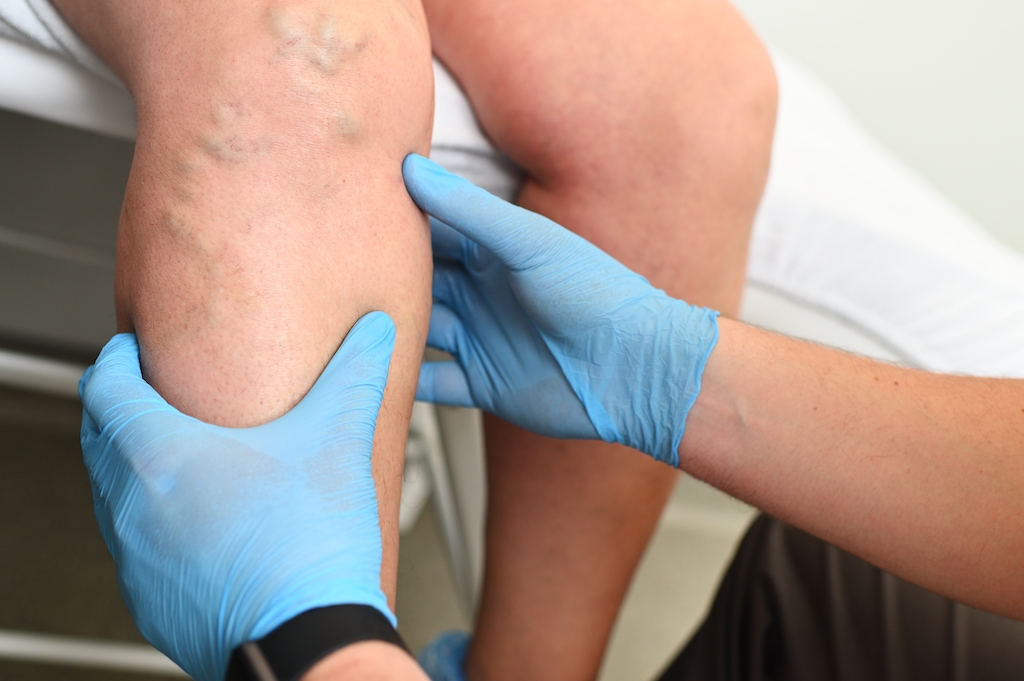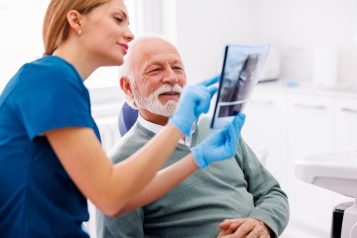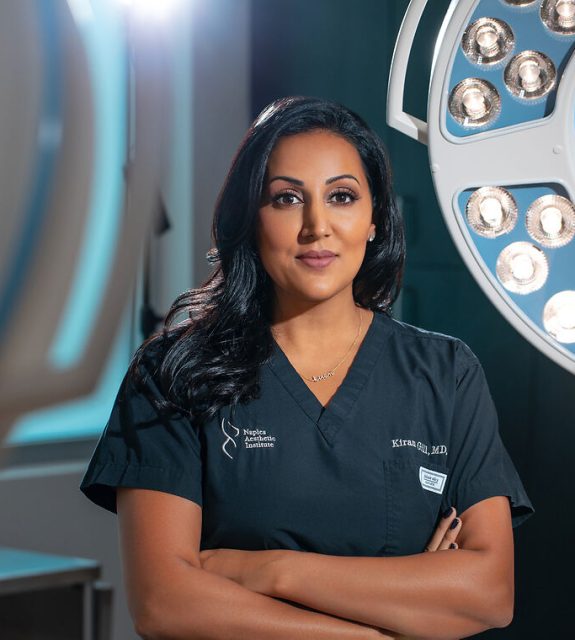 Photo Credit: Courtesy of dimid_86/Shutterstock
Photo Credit: Courtesy of dimid_86/Shutterstock
At Fox Vein & Laser Experts, our commitment to a minimally invasive approach in vein procedures takes precedence. In certain situations, where the size, risk of discoloration, or location of a patient's veins make it more advantageous to remove the vein rather than resorting to liquid or foam sclerotherapy, we turn to the precision of stab, also known as micro phlebectomy. These specialized procedures are meticulously performed within the confines of our office, adhering to the highest standards of sterility and employing tumescent anesthesia, a meticulously diluted local anesthetic.
The Procedure for Varicose Vein Removal
The procedure begins with the careful marking of the vein on the leg using a surgical marker or Sharpie. Tumescent anesthesia is then applied to numb the area surrounding the vein. Subsequently, small incisions, typically measuring 2-3 mm in length, are created over the vein using the tip of a sterile 11-blade. A specialized hook is employed to gently grasp and pull the vein through the skin. The vein is meticulously teased out along its length, with minimal bleeding typically occurring. Afterward, Steri strips are applied over the incisions, and the leg is securely wrapped in a compression bandage and compression hose. The duration of the entire procedure is often less than an hour, though it may vary depending on the size and extent of the varicose veins being treated.
Navigating the Road to Recovery
Recovery typically spans just a few days. There may be some discomfort during the initial 24 hours, but this discomfort improves rapidly. Patients are encouraged to start walking and staying active from the second day onward, and to be kind to their leg. It usually takes approximately 7-10 days for the incisions to fully close and for the Steri strips to naturally come off.
It's important to note that patients should not be on blood thinners or have any bleeding disorders during the treatment. Additionally, I do not recommend this procedure during pregnancy. Each individual's candidacy for the procedure should be evaluated on a case-by-case basis. This minimally invasive approach provides an effective option for treating large veins. Alternative treatment options for veins include foam or regular sclerotherapy.
 Photo Credit: Courtesy of Evgeniy Kalinovskiy/Shutterstock
Photo Credit: Courtesy of Evgeniy Kalinovskiy/Shutterstock
Understanding Venous Insufficiency and Symptoms
Many individuals frequently experience tired and achy legs towards the end of the day. This sensation of heaviness is often accompanied by swelling and discomfort. A common underlying cause of these symptoms is venous insufficiency, a condition in which the valves within the leg veins fail to function properly. When these valves allow blood to flow backward toward the feet instead of directing it upward toward the heart, it results in tired, heavy, achy, and swollen legs.
Prolonged periods of standing or sitting can exacerbate these symptoms as blood pools in the legs. To address this, we recommend that patients initially explore conservative therapies. These methods include elevating the legs, engaging the calf muscles through ankle movements, and wearing a compression hose. Some patients may benefit from micronized flavonoids, a type of vitamin that has been shown to improve symptoms in certain cases.
I often like to describe the legs as having "three hearts." The first heart is the one that pumps blood out of the body, while the other two "hearts" are the calf muscles that aid in returning blood from the legs. When these calf muscles are strong and efficient, they can compensate for a significant degree of venous insufficiency and related vein issues, which is why we always recommend calf exercises such as ankle pointing and flexing.
For those experiencing these symptoms, we can perform a specialized vein ultrasound to examine the condition of the vein valves and the direction of blood flow in the legs. If conservative therapy fails to provide relief, we can then consider minimally invasive treatments for the affected veins.
Be aware that other medical conditions can also lead to leg swelling and heaviness and should be evaluated. Patients should undergo laboratory tests to check for thyroid disorders and be assessed for conditions like congestive heart failure, renal failure, and lymphedema. A comprehensive evaluation of the patient's overall health is necessary to identify potential contributing factors to leg heaviness and swelling.
Lymphedema is another condition that can cause aching, swollen, and heavy legs, and it often coexists with venous problems. In such cases, our approach involves treating the veins responsible for the swelling. If symptoms persist, we may recommend physical therapy, which can include manual lymphatic drainage, complete decongestive therapy, and the use of a home lymphatic pump to compress the legs daily. Wearing compression hose consistently is a cornerstone of treatment, from the moment patients wake up until they go to sleep. I often suggest swimming or walking in water, as the hydrostatic forces in water can help prevent swelling and alleviate discomfort.
If you're seeking to eliminate unsightly veins, contact us today to schedule a consultation and find out if stab or micro phlebectomy is the best option for you.
For more information, visit Dr. Susan B. Fox's social media:





















